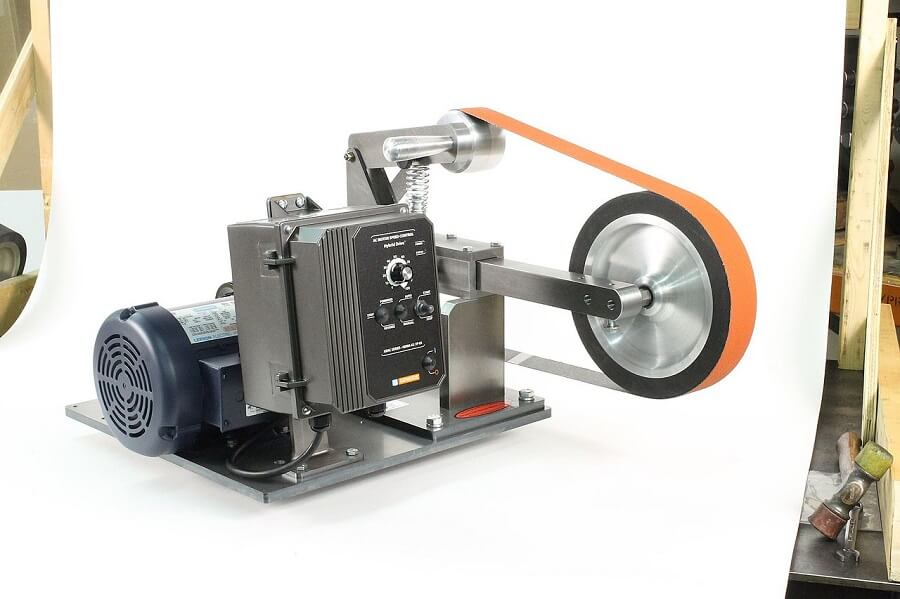VSDs (Variable Speed Drives) are electronic power controllers that enable accurate speed and torque modulation of fixed-speed alternating current (AC) induction motors.
Most heating, ventilation and air-conditioning (HVAC) systems use AC induction motors to power a range of rotating devices such as fans, pumps, and compressors. It is usually a variable speed control with advantages, some of which are simple to measure and others less. Still, they also have certain possible downsides that must be avoided.
What is Variable Speed Drives (VSD)?
Variable speed drives (VSD) come in various shapes and sizes. Eddy Current is the most prevalent type of variable speed drive. VFDs (variable frequency drives) are a type of variable speed drive.
Eddy current drives adjust the coupling's speed while keeping the motor running at full speed. VFDs alter the frequency of the motor's input, hence altering the motor's speed. Consider an HVAC fan in a building as an example. When the demand for fan speed falls, the fan can be adjusted to slow down, reducing energy flow and, as a result, lowering energy consumption and total expenses.
A VSD pump control is used to control pressure by decreasing the hydraulic energy produced.
Extend the life of your equipment. Simple math says that it will last longer if you use something less frequently. In terms of equipment, the same is true. The VSD motor will be better protected from electro-thermal overloads, phase protection, under voltage, overvoltage, and other concerns due to the optimal regulation of the VSD motor's frequency and voltage. VSDs also make it possible for the motor and the driven load to start slowly, avoiding the "immediate shock" of across-the-line starting and belt, gear, and bearing wear.
Tips for Using Variable Speed Drives:
- Decelerating Saves Energy
Using a VSD in a system that isn't working at total capacity saves energy, reduces maintenance, and eliminates impeller trim issues. Excessive trims might alter the hydraulic condition of the pump, lowering efficiency and producing operational instability.
- Process Control Improvements
Small fluctuations can be adjusted more quickly by a VSD than by other control forms by matching pump output flow or pressure directly to the process requirements, which improves process performance. When the control device gives infinitely variable rates of change, there is less chance of flow or pressure surges.
- Keep Critical Speeds and Vibrations at Bay
A VSD increases the chance of a VSD pump control or motor's chance to reach a critical speed where the mechanics will vibrate or resonate. Can avoid this by setting the VSD to exclude specific speeds or speed ranges from the continuous operating speed range.
- Increase Output By Tightening Process Control
VSDs increase product quality while lowering production costs. Fewer errors will occur if motors are operated at the most efficient speed for the application, resulting in increased production levels with less waste (and higher revenues). VSDs allow you to better adapt the motor-driven equipment's speed to the load demand. Convey and belt start-up lurching and swaying are also decreased, resulting in increased throughput.
- There Will Be Less Downtime
When a VSD controls equipment, it lasts longer and requires less maintenance. Maintenance can also be arranged around off-peak hours, allowing for more efficient and economical production. VSDs will enable you to utilize more power when you need it, but they also allow you to avoid using it when you don't.
Conclusion:
Both VSDs and VFDs pump control are designed to reduce an electric motor's needless power consumption and improve electric motor-driven systems' efficiency and functioning. While both methods rely on adjusting an electric motor's power, the two drives have significant application differences.






